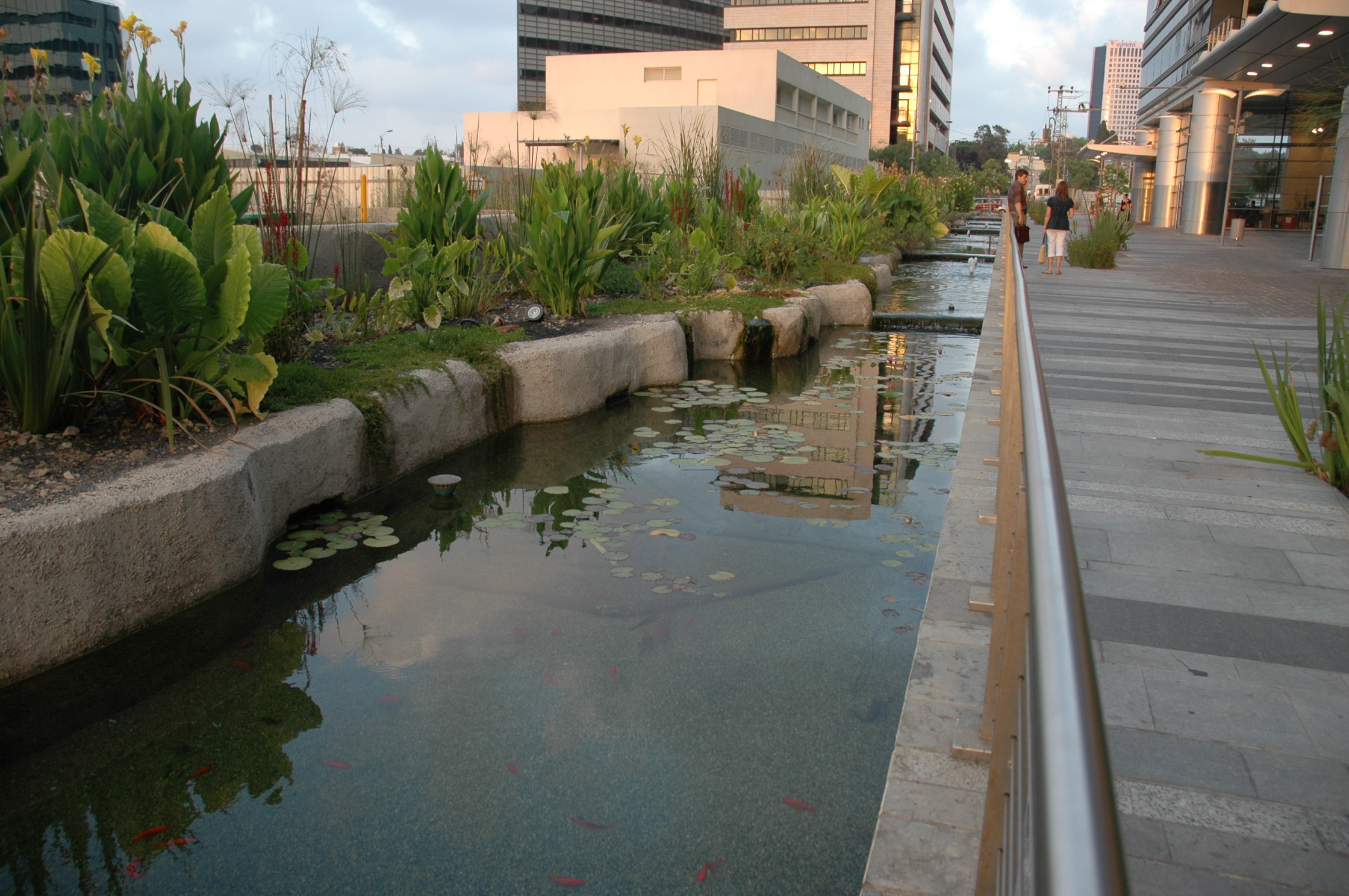Any place that has wastewater treatment plants, must deal with the issue of sludge – all of the solids left over after the sewage is treated. Sewage treatment consists of a number of stages.
Stage I, where the solids are flocculated (encouraged to glom together) and settled out of the stream.
Stage II, where the organic content is removed. This step is important because the organic matter serves as a source of nutrients in the water, and if it is released into open bodies of water, it will promote the growth of algae, leading to oxygen deprivation and problems for the aquatic populations. The most common method these days is to bubble air through holding tanks that contain bacteria which consume the nutrients. At the end of this stage, the solids containing the bacteria – the sludge – are removed. Previous technology trickled water over a bed of gravel where a bio-film grew.
Stage III, where the water is disinfected using chlorine or UV light, to kill all of the pathogens in the sewage and the bacteria used for the water treatment.
So after we have fairly clean water that flows into the sea or lakes or rivers, we are still left with an entire pile of biosolids to dispose of. Up until recently, most of the sludge in Israel was dumped into the sea through a pipe a few km long at the outlet of the Gush Dan (Tel Aviv Metro area) water treatment plant, the SHAFDAN (acronym for Dan Wastewater).
A recent law discontinued this process, and now the sludge is treated (we hope) and sold as fertilizer. This is much better than pouring it into the sea, and also better than the SHAFDAN’s original solution of burning it for energy, which would have raised air pollution concerns. Spreading the sludge as fertilizer also runs the risk of groundwater contamination with nitrates, as well as any hazardous materials that might be present in the wastewater stream (even though they aren’t supposed to be there. The Law says so!)
There is an increasing trend to use sludge – or by its cleaner name, biosolids – for generating energy in a much cleaner way. The city of San Antonio, Texas, which generates 140,000 tons of biosolids a year, will convert the sludge into methane gas, which can be burned cleanly to generate energy, receiving up to $250,000 a year for the more than one million cubic feet of methane it expects to generate every day.
Bio-Petrol, an Israeli company, follows a different strategy, and converts the biosolids into a hydrocarbon fuel in a process very similar to the extraction of oil from petroleum shales. Bio-Petrol’s website claims that their business plan is “a commercially viable global solution for turning sewage sludge into oil, saving enormous sums in disposal and saving the earth from the destructive sewage dumping which is ruining the environment.”
Another alternative to conventional water treatment is the solution proposed by Ayala Water and Ecology, who construct wetlands to treat wastewater. The plants are selected to grow in the water and remove the contaminants. Their wetlands have been installed to treat effluent at the Hiriya landfill site, gasoline stations, city buildings and parks, including the 7 stations park at the Yarkon River. Although they require more land than a conventional water treatment facility, they are certainly more atractive and pleasant.






Very informative article, Daniel.